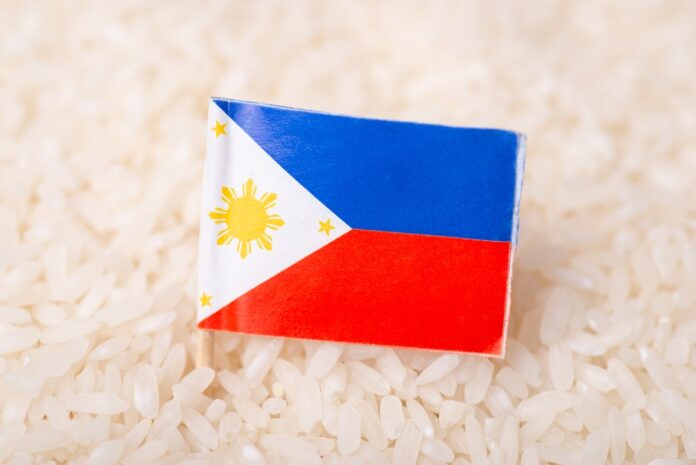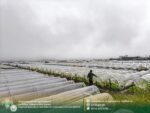The Department of Agriculture (DA) is calling for urgent amendments to the Rice Tariffication Law (RTL), warning that the current structure threatens the survival of the local rice industry even with positive production forecasts for the year.
Agriculture Secretary Francisco Tiu Laurel said the RTL in its present form limits government control over rice imports and undermines local producers. He warned that unless the law is revised, the rice farming sector could collapse.
“I really feel that the RTL, as it is written today, will kill our rice industry,” Tiu Laurel said, stressing the need to restore regulatory powers to the National Food Authority (NFA) and allow the government to manage imports during harvest season.
The DA is backing the proposed Rice Industry and Consumer Empowerment (RICE) Act, which would authorize the Agriculture Department to limit rice imports, set a floor price for palay, and enable the NFA to buy and sell rice to stabilize supply and prices.
The RTL, enacted in 2018, opened up the rice market to liberalized imports while allocating tariff revenues—now set at ₱30 billion annually until 2031—to the Rice Competitiveness Enhancement Fund (RCEF). However, critics say this hasn’t stopped cheaper imported rice, mostly from Vietnam, from eroding local farmers’ market share.
Despite policy concerns, the DA reported encouraging signs for agriculture. Based on Philippine Statistics Authority (PSA) data, palay production in the first half of 2025 rose 6.4 percent year-on-year to 9.08 million metric tons (MT), driven by better weather and increased planting. Corn output also climbed 5.2 percent to 3.9 million MT.
The DA is now targeting a record-high palay harvest of 20.46 million MT for 2025, surpassing the previous peak of 20.06 million MT in 2023. Tiu Laurel expressed cautious optimism, noting that continued support from the President and Congress could help the sector overcome policy and climate challenges.







